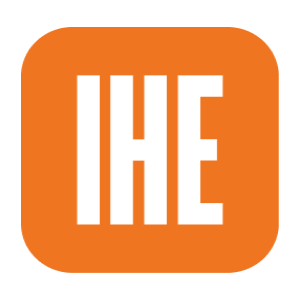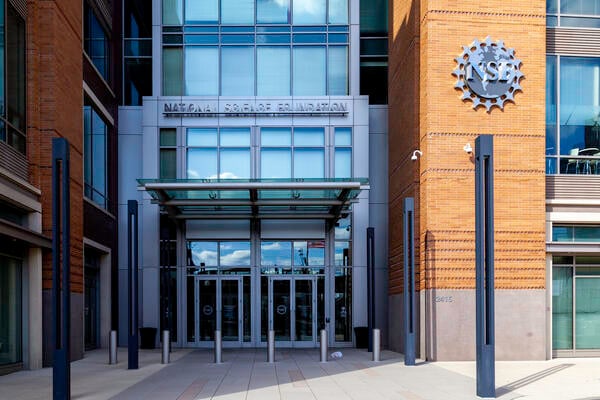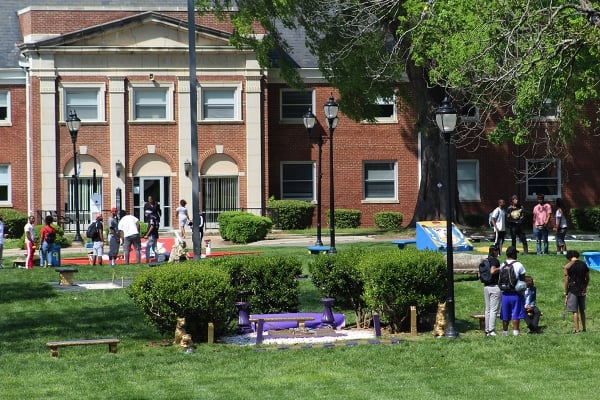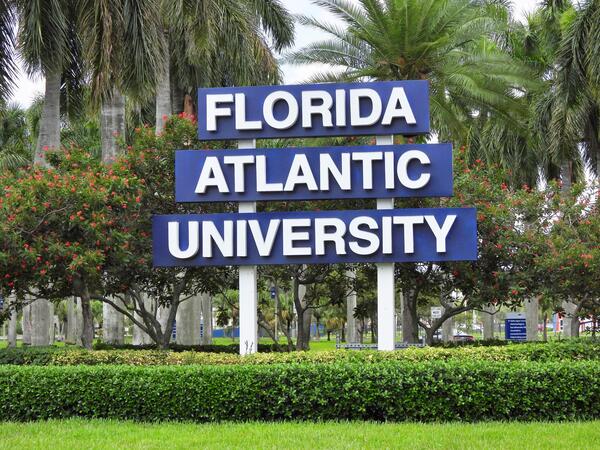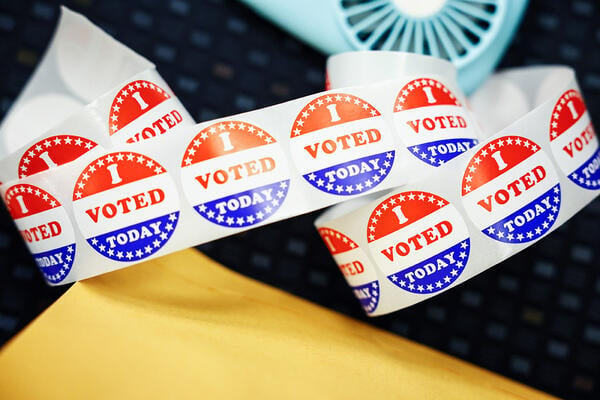“For a man to conquer himself is the first and noblest of all victories.” —Plato
In the first week of my postdoctoral fellowship, David B. Sacks, my lifelong mentor and senior investigator in the Department of Laboratory Medicine at the National Institutes of Health, handed me a book by Peter Medawar, who received the Nobel Prize in Physiology or Medicine in 1960, and encouraged me to read it attentively. The book, Advice to a Young Scientist, carried a weight beyond its physical form. I chose the title of this piece as a tribute to that book. Although I am still not far along in my career, I believe I have gathered insights worth sharing with the next generation of scientists.
Practical Strategies for Scientific Growth
From the very first year of your graduate studies, I encourage you to maintain a list of grants and scholarships for which you can apply. If you are an international scholar, gather concrete information on your eligibility. This list should evolve alongside your career, marking opportunities with specific eligibility timelines: those available one to three years into graduate school, one to three years postgraduation, less than five years postdegree and early-career grants (within 10 years). Knowing the deadlines and criteria early on ensures that you do not miss crucial opportunities. Many international scholars, myself included, discover too late that they are ineligible for certain grants. By tracking these opportunities, you can plan more effectively and maximize your chances.
Learn to pitch your ideas early. Selling your ideas—convincing others of their importance in clear, communicative language—is a skill that spans all facets of life and career. Begin developing this muscle from the outset.
Dedicate part of your routine to familiarizing yourself with new technologies and scientific resources. Record the tools and platforms you encounter, such as, in my field, antibody databases, protein-protein interaction networks and pathway analysis tools. Regularly updating and reviewing this resource library ensures you stay at the cutting edge of scientific advancements. However, not every technique or technology that is new and more complex is necessarily better. Do not disregard a technique solely based on the fact that it is older. Often, established methods are more robust, reproducible and cost-effective, making them invaluable in various contexts.
Documentation is a cornerstone of scientific work. A western blot from 10 years ago may suddenly become relevant to a new project, fitting perfectly into an emerging story. Therefore, write detailed protocols and notes as if someone decades from now might need to understand and replicate your data. Keep records not just for your immediate understanding, but instead in a universal, comprehensive format that anyone can follow.
Every published paper should be accompanied by a thesis-style archive containing all primary raw data and complete supplementary materials. Raw data includes, as applicable, unprocessed high-resolution images, instrument output files, original spreadsheets, code/notebooks, protocols and metadata. Organize this material with a table of contents and clear instructions. You should inventory every reagent you use, noting lot numbers, storage conditions and supplier details. While modern online platforms facilitate some of this, it is vital to maintain meticulous personal records. Seek feedback, observe best practices from others and refine your documentation habits over time.
The Power of Waiting
I understand the pressure many of you feel to advance your career quickly, secure your next position swiftly and carefully plan the path ahead. As an immigrant scientist, I am keenly aware that the range of choices often narrows and sometimes the options available are dictated more by circumstance than by preference. For those who are supporting families, the urgency intensifies, as the stipend of a graduate student or postdoc scarcely permits long periods of indecision.
Given the unpredictable nature of an academic career, fostering a diverse network and developing a wide-ranging skill set early on can create opportunities and provide stability over time. I recall a piece of wisdom shared by Mehdi Nematbakhsh, a professor at Isfahan University of Medical Sciences, where I earned my M.D. degree. He often said, “One should place oneself in a position to have several choices; that is the way of the wise to choose.”
This advice resonated deeply with me. The ability to choose from multiple paths reflects the time and energy invested in cultivating possibilities aligned with your ultimate goal. It is akin to planting a couple of dozen seeds in the hope that a handful will sprout into flourishing leaves.
Resilience in the Face of Uncertainty
Scientific inquiry is inherently unpredictable. There are days when experiments yield no results, hypotheses crumble and the seemingly linear path forward transforms into a maze of uncertainties. For younger scientists, this unpredictability can breed frustration or self-doubt. It is crucial to remember that every failed experiment is not a step backward but an essential part of the learning process.
My mentor David B. Sacks often reminded me that even the most accomplished scientists navigate failure more frequently than success. What distinguishes them is resilience—the readiness to rise, recalibrate and move forward. This is the mark of a scientist who is not only committed to their craft but also grounded in the understanding that discovery rarely follows a predictable timeline.
Enduring the Marathon
Life as a scientist is not a series of discrete tasks with periods of relief in between; it is more akin to running a lifelong marathon. Achievements like earning a Ph.D. or securing a promotion are milestones, but they mark the beginning of broader journeys rather than the end of a certain task. Similar to the life of a clinician, the life of a scientist requires a sustained commitment over time. It does not necessarily get easier, though confidence grows with experience.
This journey requires developing lifelong habits: reading to update your reservoir of knowledge, maintaining daily discipline and nurturing sustainable practices that align with our core values—for instance, if you value rigor, keep complete lab notebooks and version-controlled code; if you value openness, share data and protocols; if you value mentorship, hold regular one-on-ones and set clear authorship expectations. If you approach science as a long-distance run, the importance of building sustainable habits becomes clear. Like the slow but steady turtle in the old story, consistent, sustainable effort over time is key to long-term success and fulfillment.
Working With Time
We are confined in time and space; maturity reflects itself in learning how to navigate within those limits. Over the long run, excess stress narrows vision and compels shallow decisions, while excess ease invites drift and missed chances. As the Tao Te Ching counsels, be like water: Progress comes from steady pressure and well-timed yielding—press when the channel narrows, eddy when the current runs muddy.
The aim is pacing, not grinding; let stress sharpen, not scald; let rest restore, not stall. Inspired by Oliver Burkeman’s Four Thousand Weeks, treat time management as a humane practice rather than a perfectionist project. Plan enough to choose your moments, but do not let schedules become a source of anxiety. Flow through time, steer deliberately and let attention—not urgency—set the rhythm of your work.
The Art of Carrying the Unknown
Being able to face and carry the unknown with you is an essential skill. Contemplating what is not known or what is surprisingly different from what we predict is a critical process. Enduring this state allows the time needed for the unknown to unveil itself.
If this capacity is not developed, and we rush or force to overcome it, we risk introducing biases or even the seeds of misconduct. This does not mean avoiding action to better understand the phenomenon; rather, it means cultivating an internal acceptance of the state of “we do not know” and leaving it there when no concrete light is visible. Balancing what we know and hypothesize with detachment from these ideas leaves room for the unknown to unfold, a balance critical to genuine scientific discovery.
The Art of Extracting the Essence
A crucial yet often overlooked skill in science is the ability to extract the essence from information—whether it is a paper, a talk or experimental data. This deep insight enables you to find the key piece of information that holds the essence of the knowledge presented. It takes time to develop the discipline required to avoid distraction from extraneous details and focus on what truly matters.
Make this focus a regular practice with everything you encounter, and apply it rigorously when designing experiments. An experiment crafted with the essence of your research question in mind will bring you closer to the answers you seek.
Mentorship and Building Networks
No scientist reaches their destination alone. The mentors we encounter along the way shape not only our scientific trajectory but also our professional character. My mentors’ influence extended far beyond technical guidance; they imparted values of integrity, perseverance and humility. I urge younger scientists to seek mentors who inspire not just technical proficiency but personal growth. A true mentor will spend time guiding you beyond formal settings, offering valuable advice after journal clubs or during informal conversations.
High-quality mentors are rare. You should seek at least two mentors. The first should be a junior mentor who is at the stage you aspire to reach in four to five years. Science evolves rapidly, and a junior mentor can provide practical, up-to-date advice for navigating your field. The other should be a senior mentor, someone you wish to emulate in 20 years. These mentors serve as guiding stars, offering long-term vision and perspective that may differ from your current viewpoint. Their guidance can help keep you aligned with your broader goals. A small deviation in your path may seem inconsequential in a few months, but it could lead to significant divergence over decades.
In addition to finding mentors, dedicate time to cultivating long-lasting networks. These connections will evolve as your career progresses. Nurture personal relationships with colleagues beyond the confines of science. At times, this involves writing at least 50 personalized New Year emails. These relationships become the threads that weave a strong scientific community, enriching personal and professional lives.
Conclusion and Closing Reflections
Science is neither a solitary pursuit nor a race to an arbitrary finish line. It is a journey marked by moments of doubt, resilience and occasional triumph. To the younger scientists reading this, I encourage you to embrace the uncertainties, cultivate patience, and trust in the seeds you plant today. The landscape of science is ever-evolving, and your contributions, no matter how incremental they may seem, hold the potential to shape the future.
As Medawar reminds us, the young scientist’s best ally is time, but time must not be wasted. Choose your path with care, but do not fear the unknown. The waiting, the failures and the quiet moments of reflection are as much a part of the scientific endeavor as the discoveries themselves.
Samar Sayedyahossein is a former scientist at National Institutes of Health and a research scientist at Fralin Biomedical Research Institute at Virginia Polytechnic Institute and State University. The author extends gratitude to her mentors—Mahmoud Bina Motlagh, Lady Malhotra and David B. Sacks—for their wisdom and support, as well as to her colleagues for the valuable feedback they provided on the draft of this article.

